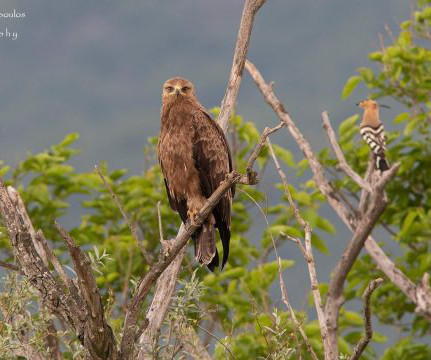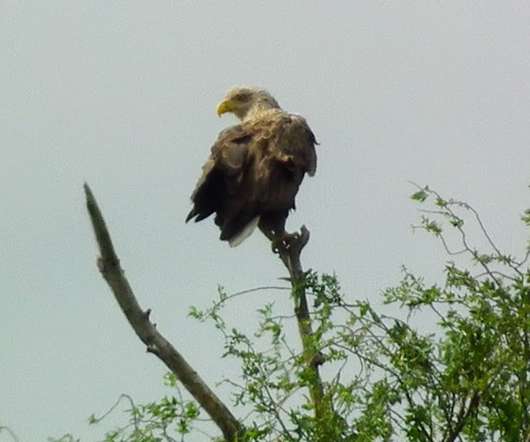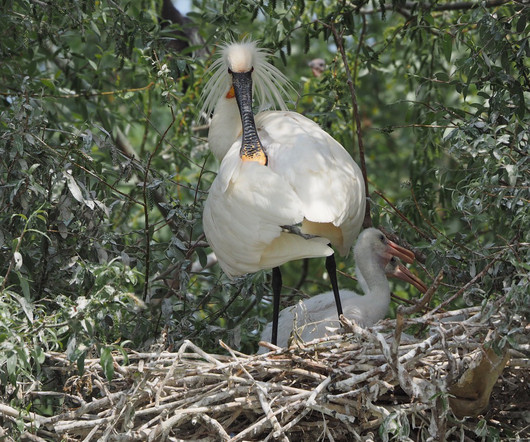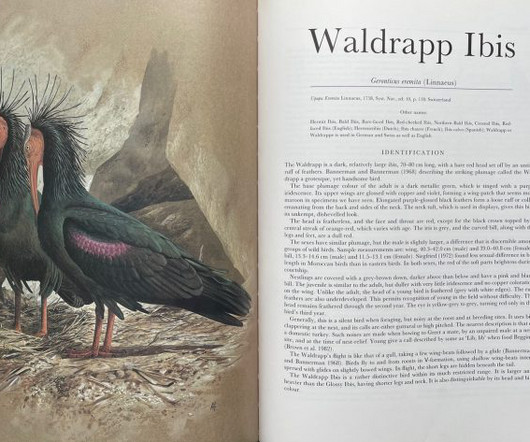Only for Dogs and Birders – Kalamas Delta, Greece
10,000 Birds
OCTOBER 15, 2015
“The estuary and the delta of the River Kalamas form the most important wetland of northwest Greece”, so the “ Birding in Greece ” guidebook claims for the area where I am heading, a bit late since I overslept this morning. I am checking the grass for any flash of white and soon my suspicion is confirmed: Cattle Egrets (cover photo)!

















Let's personalize your content